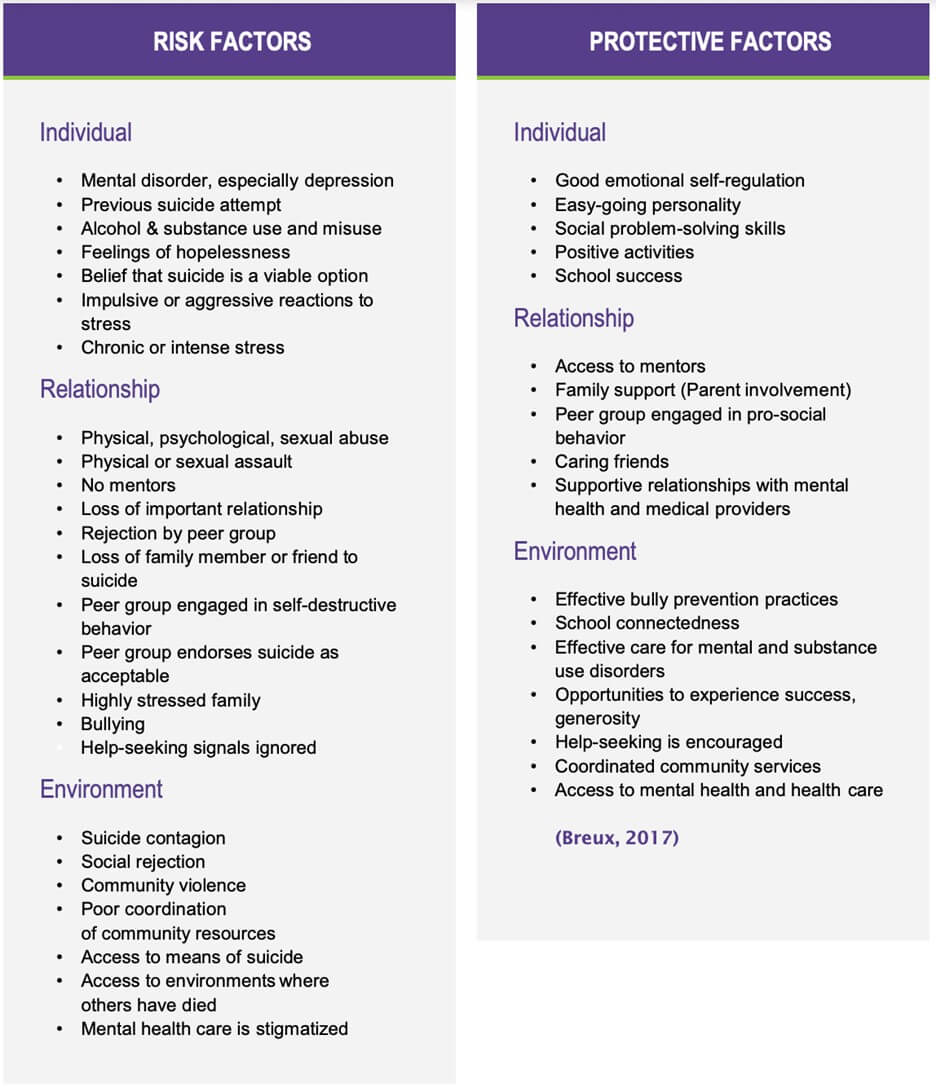A nurse is caring for a client who is exhibiting severe manifestations of serotonin syndrome. Which of the following is the priority nursing intervention?
Padding side rails to prevent injury.
Applying a cooling blanket.
Administering an anticonvulsant.
Preparing for artificial ventilation.
The Correct Answer is D
While preventing injury is important, it is not the highest priority when the client's respiratory and neurological functions are compromised. Managing the client's breathing takes precedence.
B. Applying a cooling blanket.
While hyperthermia (high fever) is a symptom of serotonin syndrome, the immediate concern is ensuring the client's breathing and neurological stability. Cooling measures can be beneficial, but they come after addressing the more critical issues.
C. Administering an anticonvulsant.
While anticonvulsants might be used to control seizures, preparing for artificial ventilation takes priority, as the client's airway and oxygenation must be secured before addressing other symptoms.
D. Preparing for artificial ventilation.
Explanation: Serotonin syndrome is a potentially life-threatening condition caused by an excess of serotonin in the body, often resulting from interactions between medications that affect serotonin levels. Severe manifestations of serotonin syndrome can include high fever, muscle rigidity, agitation, seizures, and even coma. In cases of severe serotonin syndrome, the client's neurological and respiratory functions can be compromised, making it crucial to ensure adequate ventilation and oxygenation.
Nursing Test Bank
Naxlex Comprehensive Predictor Exams
Related Questions
Correct Answer is ["C","D","E"]
Explanation
A. Female gender: Incorrect
While the risk of attempted suicide is generally higher in females, completed suicide rates are higher in males. Therefore, being female is not typically considered a primary risk factor for suicide,though it's important to note that both genders require attention for prevention.
B. Currently married: Incorrect
Being married is generally considered a protective factor against suicide. Social support and close relationships tend to reduce the risk of suicidal behavior.
C. Age greater than 45 years old: correct
Suicide risk tends to increase with age, particularly for men. Individuals over 45, especially those facing chronic illness, social isolation, or significant life changes, are at higher risk.
D. Substance use disorder: Correct
Substance use disorder is a significant risk factor for suicide. Substance abuse can contribute to feelings of hopelessness and despair, impair judgment, and lower inhibitions, increasing the likelihood of suicidal behavior.
E. Schizophrenia: Correct
Schizophrenia is a mental disorder associated with an increased risk of suicide. The symptoms of schizophrenia, such as hallucinations, delusions, and feelings of isolation, can contribute to severe distress and increase the risk of suicidal ideation and behaviors.

Correct Answer is C
Explanation
A) "My child was born with a birth defect due to an exposure I had overseas."
This statement does not directly relate to the core symptoms of PTSD. While exposure to trauma can have a variety of consequences, including potential exposure-related health issues, this statement does not necessarily indicate the re-experiencing, avoidance, or hyperarousal symptoms characteristic of PTSD.
B) "I check any room I enter because the enemy is still after me and could be hiding anywhere."
This statement is more indicative of hyperarousal and hypervigilance, which are common symptoms of PTSD. However, it does not explicitly involve re-experiencing the traumatic event through nightmares or intrusive memories, as described in the correct answer.
C) "In my dreams, all I can see are the wounded reaching out and trying to grab me."
Explanation:
The statement "In my dreams, all I can see are the wounded reaching out and trying to grab me" indicates symptoms commonly associated with posttraumatic stress disorder (PTSD). This statement reflects the re-experiencing symptom cluster of PTSD, where individuals may have distressing and intrusive memories, nightmares, or flashbacks related to the traumatic event they experienced. The imagery of wounded individuals trying to grab the person suggests a strong emotional impact and ongoing distress related to the traumatic experience.
D) "I killed four enemy soldiers with my bare hands and saved my entire battalion."
While this statement might reflect exposure to a traumatic event and could contribute to symptoms of PTSD, it is presented in a way that seems more like a narrative of heroic actions rather than a symptom of distress or re-experiencing.

Whether you are a student looking to ace your exams or a practicing nurse seeking to enhance your expertise , our nursing education contents will empower you with the confidence and competence to make a difference in the lives of patients and become a respected leader in the healthcare field.
Visit Naxlex, invest in your future and unlock endless possibilities with our unparalleled nursing education contents today
Report Wrong Answer on the Current Question
Do you disagree with the answer? If yes, what is your expected answer? Explain.
Kindly be descriptive with the issue you are facing.
